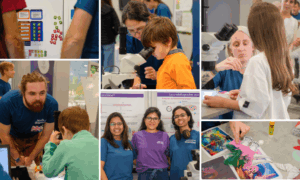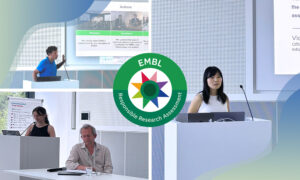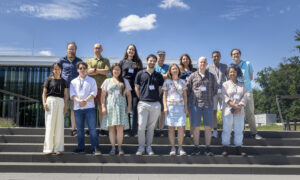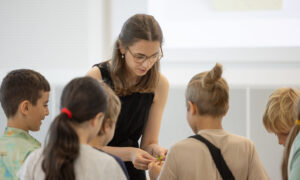
Pathways: In the prime of life
Karin Sasaki is not your average mathematician, but then hers is not your average job – she is helping to bridge the gap between the quantitative and life sciences at EMBL.
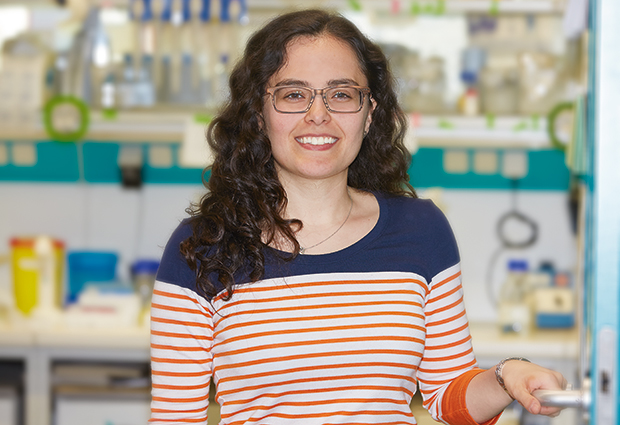
Dentistry was Karin Sasaki’s familial calling: “My mother, my grandmother, even my aunt are dentists,” she reveals. But Sasaki chose not to take the path most trodden, and instead turned to mathematics: “At school I didn’t think I was clever – maths was one of the hardest subjects, and studying it was a personal challenge.” Although mathematics became her tool, biology was her passion, and the fates collided when Sasaki was invited to take an undergraduate mathematical biology project forward with a PhD at Imperial College, London. She continued her research into mathematical modelling of DNA with a postdoc at the Institut des Hautes Études Scientifiques (IHES), Paris. For anyone hoping to follow in her footsteps, Sasaki advises: “Be enchanted by biology, but have mathematics as your secret weapon.”
Now, Sasaki is putting her “secret weapon” to work within EMBL’s Centre for Biological Modelling, one of four internal centres that provide expertise, advice and training for scientists across the Laboratory to promote and facilitate interdisciplinary research. “My job – under the guidance of François Nédélec, Kiran Patil, and Julio Saez-Rodriguez – is to direct the integration and widespread adoption of mathematical and physical modelling into everyday research at EMBL,” she explains. Day-to-day, her tasks can vary from consultancy to community building, and everything in between: performing collaborative modelling tasks, training EMBL staff in relevant programming languages and software tools, and fostering interactions between EMBL researchers through seminars, journal clubs and interdisciplinary retreats.
Be enchanted by biology, but have mathematics as your secret weapon.
Sasaki’s priority is to enable EMBL scientists to adopt more theoretical approaches as part of their research. “It’s impossible to collaborate with everyone,” she says, “So it’s better if I support them in gaining the skills and understanding they need to apply these approaches themselves.” Finding and guiding researchers in the right mathematical method for their topic keeps Sasaki’s days varied: “One day I will be helping to model the morphogenesis of developing embryos, and the next to study the cytoskeleton: completely different projects requiring different approaches. I rely on the experts, on the people in the labs, to advance my understanding more quickly.”
Sasaki wields her “secret weapon” with an infectious enthusiasm and honesty: “Ask questions, no matter how stupid you think you look – being red for five minutes, avoids you being green for days,” she says. “Applied theoreticians are in a middle ground,” she concludes, “You are not proving new ground by breaking theorems in mathematics, and you are also not an expert in biology. Learn to feel comfortable in that situation, and know that ‘translation’ is key to interdisciplinary research.”
